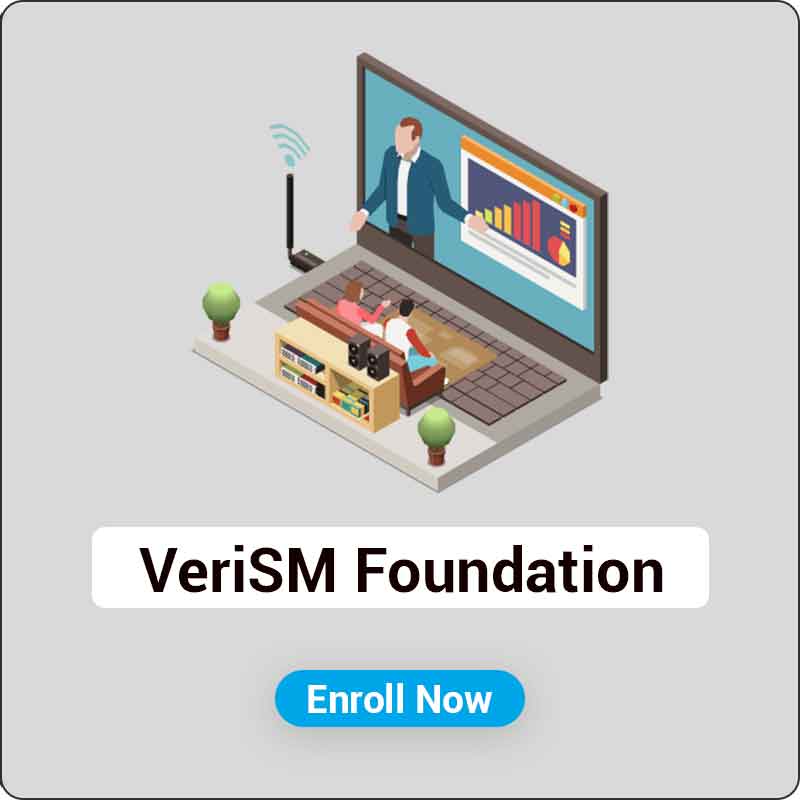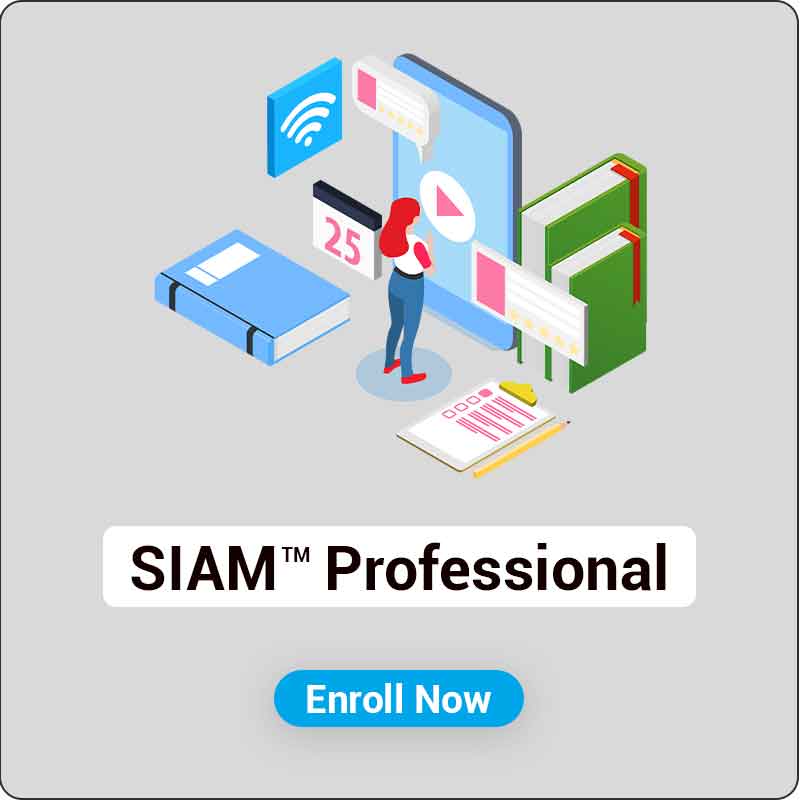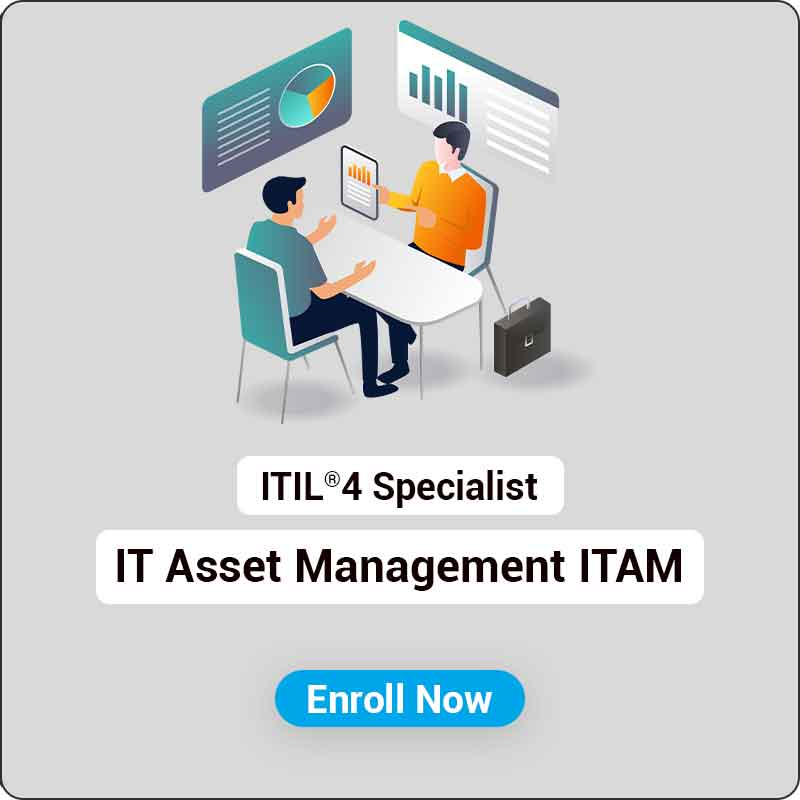VeriSM Foundation
VeriSM™ Foundation
4.5
853 enrolled on this course
Last updated Oct 2023

Course Features
16 Hours of Instructor Led Training
Certified and Experienced Instructors
Session recording access
Study materials and exam prep questions
VeriSM™ Foundation Practice Questions
Target audience
This course is suitable for professionals who are new to Service Management as well as those already working within a Service Management environment.
This includes graduates and undergraduates, managers, service owners/managers, executives and IT professionals.
Exam and Certification information
- Duration: 01 hour
- Number of Questions: 40 (Multiple Choice)
- Pass mark: 65%
- Open book: No
- Electronic equipment allowed: No
- Level: Foundation
- Languages: Chinese, Dutch, English, German, Japanese, Portuguese
Course Outline
Organizational context
- Define key elements of an organization.
- Describe how to optimize organizational interactions.
Organizational governance
- Define the elements of organizational governance (evaluate, direct, monitor).
- Explain how governance flows through an organization.
Digital transformation
- define the impact of technology changes on organizations.
- describe the impact of digital transformation on service management.
Service culture
- Define a service culture.
- Explain the elements of a service culture.
Organization structure
- Define the differences between a leader and a manager.
- Explain the competencies of the service management professional.
- List the elements of a well-functioning team.
Service management challenges
- Explain methods to overcome team challenges (silos, virtual teams).
- Explain the challenges of managing consumers.
- Describe the elements of communication.
- Explain organizational change principles.
The VeriSM™ model
- define the elements of the VeriSM™ model.
- explain how VeriSM™ re-defines service management.
- explain how VeriSM™ uses the Management Mesh to create and support services.
- explain the elements within each of the four stages of the VeriSM™ model:
-
Define
-
Produce
-
Provide
-
Respond
Adapting the VeriSM™ model
- define the process of selecting and integrating management practices.
- explain the characteristics of successful operating models.
Progressive practices
- Indicate the success factors for adopting progressive management practices.
- Clarify the key concepts and when to apply Agile, DevOps, Service Integration and Management (SIAM™), Lean as a management practice.
- Define the importance of considering Shift Left, Customer Experience (CX) / User Experience (UX), continuous delivery practices in service delivery.
Impact of technology
- summarize the implications of technology on service management. F
- explain the benefits of cloud, virtualization, and automation. F
- explain the impact of Big Data, Internet of Things (IoT), mobile computing, bring your own device (BYOD) on service management.
- define serverless computing, artificial intelligence, Robotic Process Automation (RPA), machine learning, and containerization in relation to service delivery.
Getting started
- identify steps to initiate an improvement program based on VeriSM™.
- differentiate between reactive and proactive operations.

.png)
.png)
.jpg)

.jpg)






Student feedback
Reviews